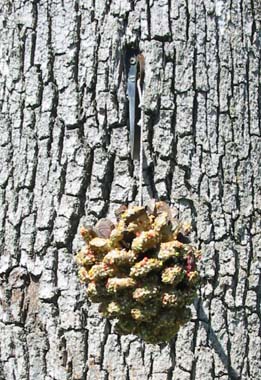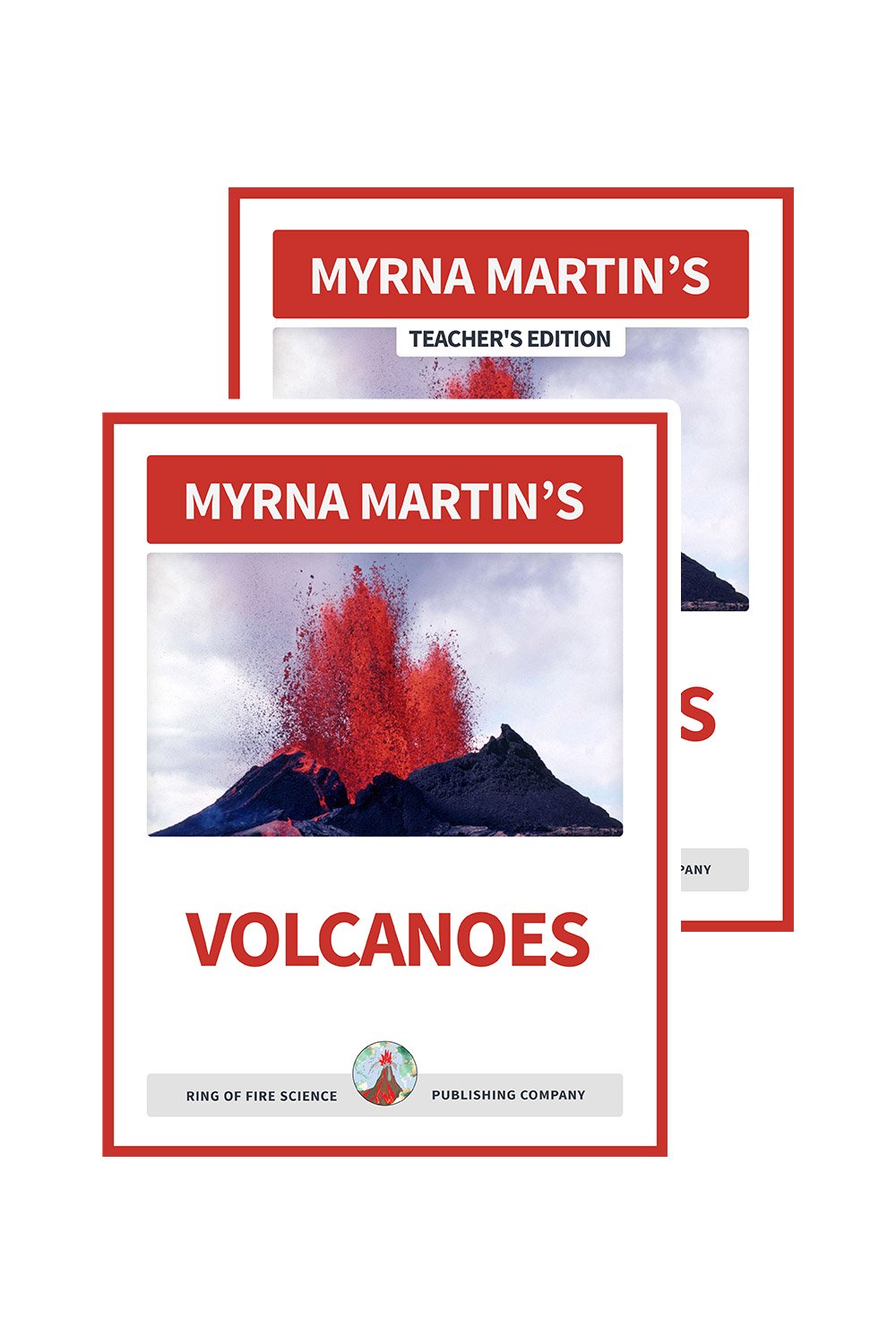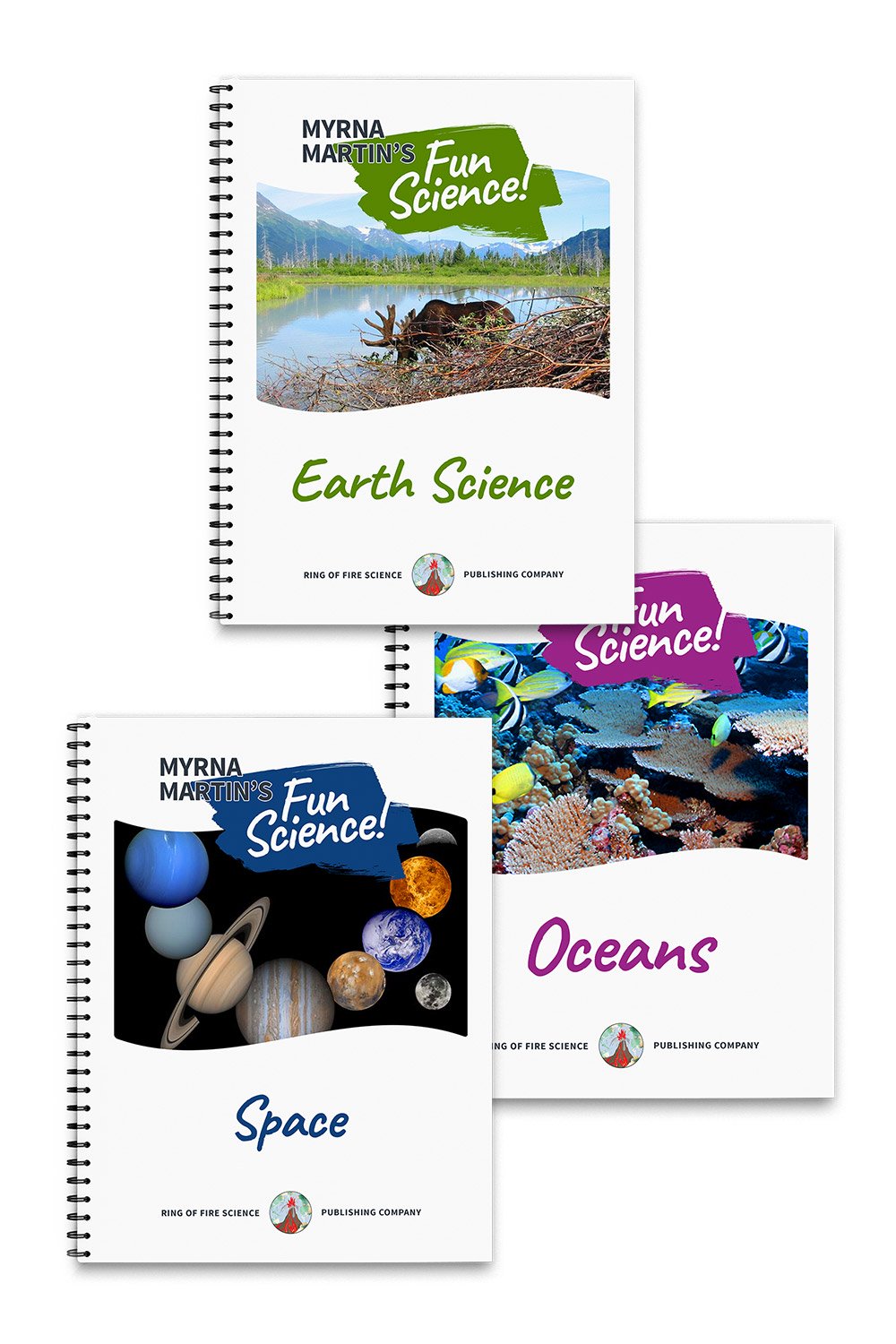Elementary Science Experiments
Bird Feeders
In these elementary science experiments you will be studying the feeding habits of wild birds. Birds feeding in the wild often eat a variety of seeds, insects and other things in a variety of places.
These simple and easy science experiments can be conducted by a single individual or a group. If a group completes the project they should compare their notes with others about the variety of birds attracted to different types of feeders.
Check around before you start this experiment to find the various types of feeders that the birds in your area like to use. If you live in an apartment or have a large yard you can have fun watching the birds come to your feeders. Some birds like to eat off the ground while others prefer to eat only on the ground so you will need to find feeders that fit both locations.
Materials
- Wild bird seed
- Sunflower seed
- Cracked corn
- Suet
- Unsalted peanut butter
- Platform feeders
- Hanging feeders
- Paper and pencil
- Bird book for reference
Directions
- You can purchase a variety of feeders or make your own.
- The picture above shows a feeder made from a large cone.
- To make this feeder choose a large cone that has opened to let the seed out.
- Take a knife and spread unsalted peanut butter on the outside.
- Roll the cone in wild bird see.
- Hang the cone from a tree with a string.
- To start the experiment list the different feeding stations you will be setting out.
- Next, list the different types of bird feed you will be providing at each station.
- Put each of the bird feeders out and begin watching for them to be attracted to the feeders.
- Each day observe the birds for several minutes three times a day.
- List the number and type of birds at each feeder.
- Try to vary the times you watch for the birds so because some may only come in the morning or evening to feed.
- Watch and record the birds attracted to your feeders for three weeks.
- This will give the birds time to find your bird feeders and begin to feed there.
- At the end of the experiment summarize your results in a chart.
More Links to Science Activities
Science Experiment, Mentos Experiment Have fun creating a geyser of diet coke in the fun and exciting experiment.
Science Experiments, Great Ice Cube Race The great ice cube race tests the time it takes for different shapes of ice cubes to melt.
Water Cycle Experiments, Acid Rain Learn what happens when acid rain falls on objects made of calcite in this experiment.
Volcano Experiment, Volcanic Eruptions Find out what happens when expanding gases in magma cannot escape beneath a volcano.
Water Cycle Experiment, Salt on a Stick This experiment combines science and history as it shows how Indians collected salt and exchanged it for obsidian.
Elementary Science Experiments, Bird Feeders Study the feeding habits of wild birds in your back yard or porch area in these elementary science experiments.
Earth Science The links on this page include information on the Earth, the Rock Cycle, Volcanoes, experiments, activities and much more.
KIDS FUN SCIENCE BOOKSTORE
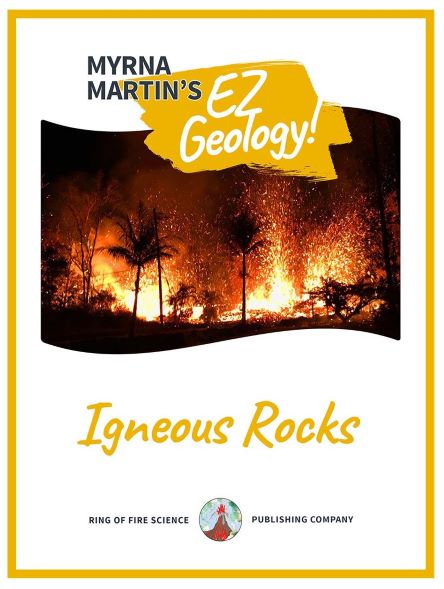 |
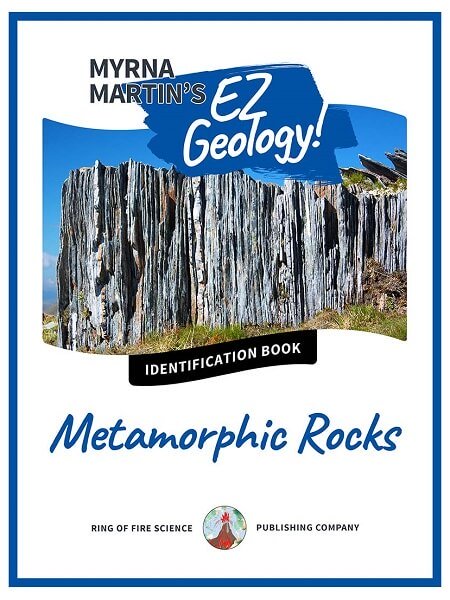 |
Check out Myrna Martin's award winning textbooks, e-books, videos and rock sets. The Kids Fun Science Bookstore covers a wide range of earth science topics. Click here to browse.
Sign up to our monthly newsletter and receive our FREE eBook containing 3 fun activities that don’t appear in any of our other books!
The Kids Fun Science monthly newsletter will include the following: current events, weird and fantastic facts, a question of the month, science trivia and the latest new content from our website.
We respect your privacy and you can be assured that we will never share your email address or use it for any other purpose than to send you our newsletter.


